The German Shepherd dog breed which was brought into existence over 100 years ago, has changed immensely since then. These breed has gone in separate directions in Germany and America. Now, German Shepherds bred in Germany have a completely different look and a different temperament from those bred in America. Different breeders have different preferences as to which they prefer; German lines, or American lines. Because of the contrasting points of view in this matter I intend to share some information today, so that you can decide which side to be on.
First allow me to explain how the many dog breeds and dog associations are organized. If you are trying to understand the GSD breed, this is an important point; as you will understand later.
There is an organization called the FCI or the "Federation Cynologique Internationale", based in Belgium. This world canine organization was constituted on May 22nd 1911 and its main mission is to advocate and preserve purebred dogs around the world. The main activity of the FCI is to link all the dog clubs around the world in order to have consistent breed standards. Even more; it insures that all the pedigrees and the judges are recognized by all FCI members bilaterally.
The organization has 84 members, one of each country. They all issue their own pedigrees and train their judges. These are national registries, but there are some that are international. All over the world, national clubs are members or partners of the "Federation Cynologique Internationale". The only important exceptions are the United States, England and Canada.
The FCI has 10 groups which encompass the different breeds: 1st Group; Sheepdogs and Cattle Dogs (with the exception of Swiss Cattle Dogs) 2nd Group; Pinschers and Schnauzers - Molossoids - Swiss Mountain Dogs, Swiss Cattle Dogs 3rd Group; Terriers (large and medium) 4th Group; Dachshunds 5th Group; Spitz and Primitive Types 6th Group; Scent hounds and Related Breeds 7th Group; Pointing Dogs 8th Group; Retrievers - Flushing Dogs - Water Dogs 9th Group; Companion and Toy Dogs 10th Group; Sight hounds
The German Shepherd dog breed is part of the herding group.
There is also an independent organization; a breed-specific registry club which is not a national registry. It is known as the SV or Verein fur Deutsche Schaferhunde (the German Shepherd Dog Club in Germany). This is the breed's parent club. It is the most extensive and active breed specific club in the whole world. The SV has two main activities. It is a breed specific registry and it sponsors sporting and training events, thus influencing the breeding of working dogs.
There is also a third club, the World Union of SV's or the WUSV. The WUSV was founded in 1974. This club is a member of the FCI. It is a link club, which brings the more than sixty GSD clubs throughout the world together and it serves as a link to the SV in and also connects them to the FCI.
There are other clubs, like the American Kennel Club or AKC which are not members of the FCI and don't comply with its conformation standards. The "Fdration Cynologique Internationale" recognizes the standard of the breed of the country of origin. For this reason, the conformation standard adopted by the FCI is that of the SV. Thus, any German Shepherd dog not registered in a national registry that follows the rules of the FCI has undoubtedly not been bred according to the standard of the breed.
The American "German Shepherd" is not admitted by the FCI as a real German Shepherd dog. This is controversy is so important that it's necessary to use a little time to explain how the argument started.
By the beginning of World War II, the dogs of this breed in the States were exact to German Shepherds in Germany. An example that exemplifies this is a dog by the name of Pfeffer von Bern. This was the last German Shepherd (which had an important impact in the advancement of the GSD in the United States) to be imported to America before the war started, Pfeffer won the American Grand Champion title in 1937 and was taken back to Germany the same year and won the Sieger; later came back to America and became American Grand Champion, again in 1938. He was also the first dog to ever be awarded a Register Of Merit or ROM. This is a title which is based on accumulative credits awarded to the animal's progeny. The intent is to recognize outstanding studs. Pfeffer von Bern's bloodline dominated the breeding of German Shepherd dogs in America, during the 1940's.
During World War II there was great hostility between America and Germany, so the Americans isolated their breeding from that of Germany. There was excessive line breeding and inbreeding and American "German Shepherds" began displaying characteristics of their own. By the end of World War II there were a few American breeders who realized they needed to go back to the original German Shepherd and they imported a large number of German Shepherds. Nevertheless, there was already a new trend in place. Judges and breeders in America had started to cherish their own style of "German Shepherd". This type was more refined and had much more angulated hindquarters which was a necessity due to its distinct gate.
The last imported dog to be American Grand Champion was Arno von der Kurpfalzhalle, in 1969. From that day on, the American "German Shepherd" evolved on its own and nowadays no German Shepherd imported from Germany would stand a chance at any dog show in America. The American "German Shepherd" is now mostly an object of beauty. Many aspects of this dog's characteristics, like its utility and its great temperament and good health have been sacrificed for its "floating trot". In this days, there is really no likeness between the American version and German version except for the sharing the name.
In the next article I will go a little deeper into the differences between this two "types" of German Shepherd and I will share more information about the other varieties in the German Shepherd dog breed.

 Choose the best horse accessories to enjoy the riding
Choose the best horse accessories to enjoy the riding
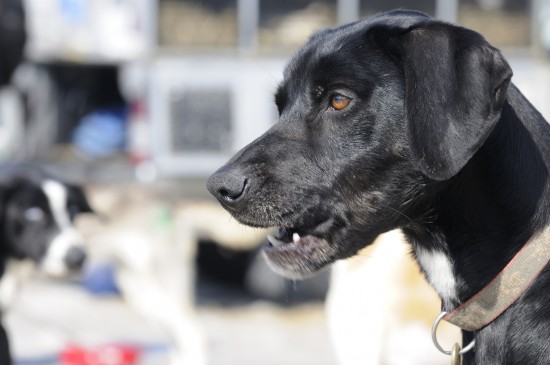 Why Might A Dog Become Aggressive With Its Owner?
Why Might A Dog Become Aggressive With Its Owner?
 Blood Clots In Cats
Blood Clots In Cats
 Ten Tips For Keeping Your Dog Calm And Comfortable On New Year’s Eve
Ten Tips For Keeping Your Dog Calm And Comfortable On New Year’s Eve
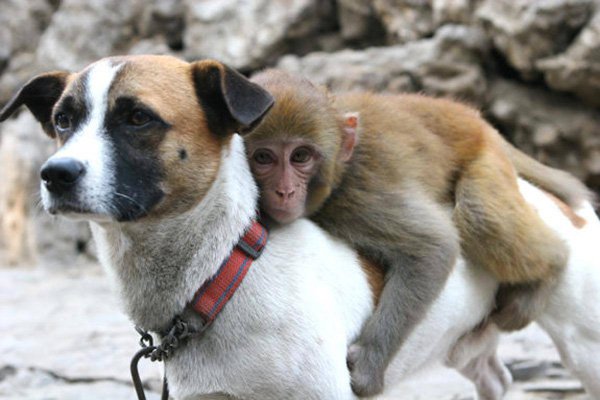 Maintain hygiene and get the dog food from the online store of Ipswich
Maintain hygiene and get the dog food from the online store of Ipswich
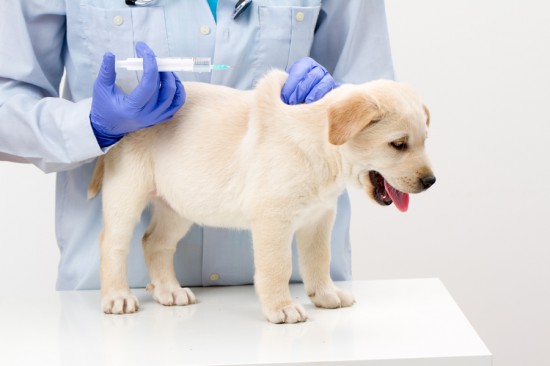 The Importance Of Vaccinating Your Dog
The Importance Of Vaccinating Your Dog
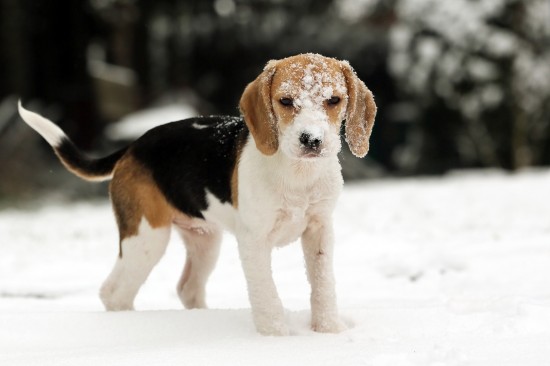 Keeping Dogs Happy & Healthy Through The Winter Months
Keeping Dogs Happ
Keeping Dogs Happy & Healthy Through The Winter Months
Keeping Dogs Happ
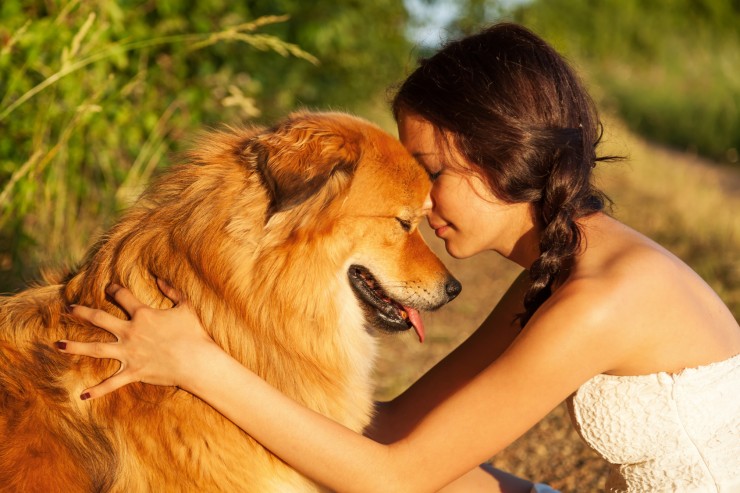 How To Get Your Dog Through A Health Scare Without Losing Your Mind
How To Get Your D
How To Get Your Dog Through A Health Scare Without Losing Your Mind
How To Get Your D
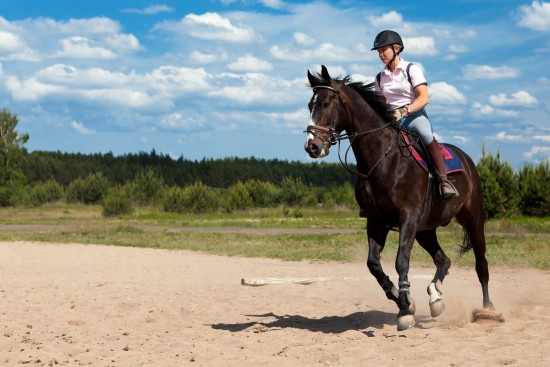 Returning To Horse Riding As An Adult
Returning To Hors
Returning To Horse Riding As An Adult
Returning To Hors
 Additional Dog Care Factors To Bear In Mind If You Live In A Flat
Additional Dog Ca
Additional Dog Care Factors To Bear In Mind If You Live In A Flat
Additional Dog Ca
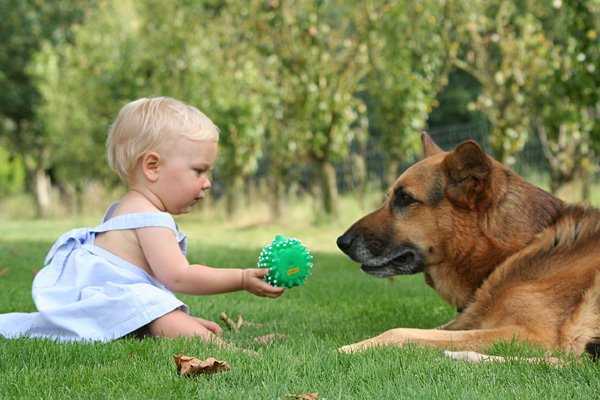 Housebreaking a Schnauzer Puppy
Housebreaking a Schnauzer Puppy
A Schnauzer Pu
Housebreaking a Schnauzer Puppy
Housebreaking a Schnauzer Puppy
A Schnauzer Pu